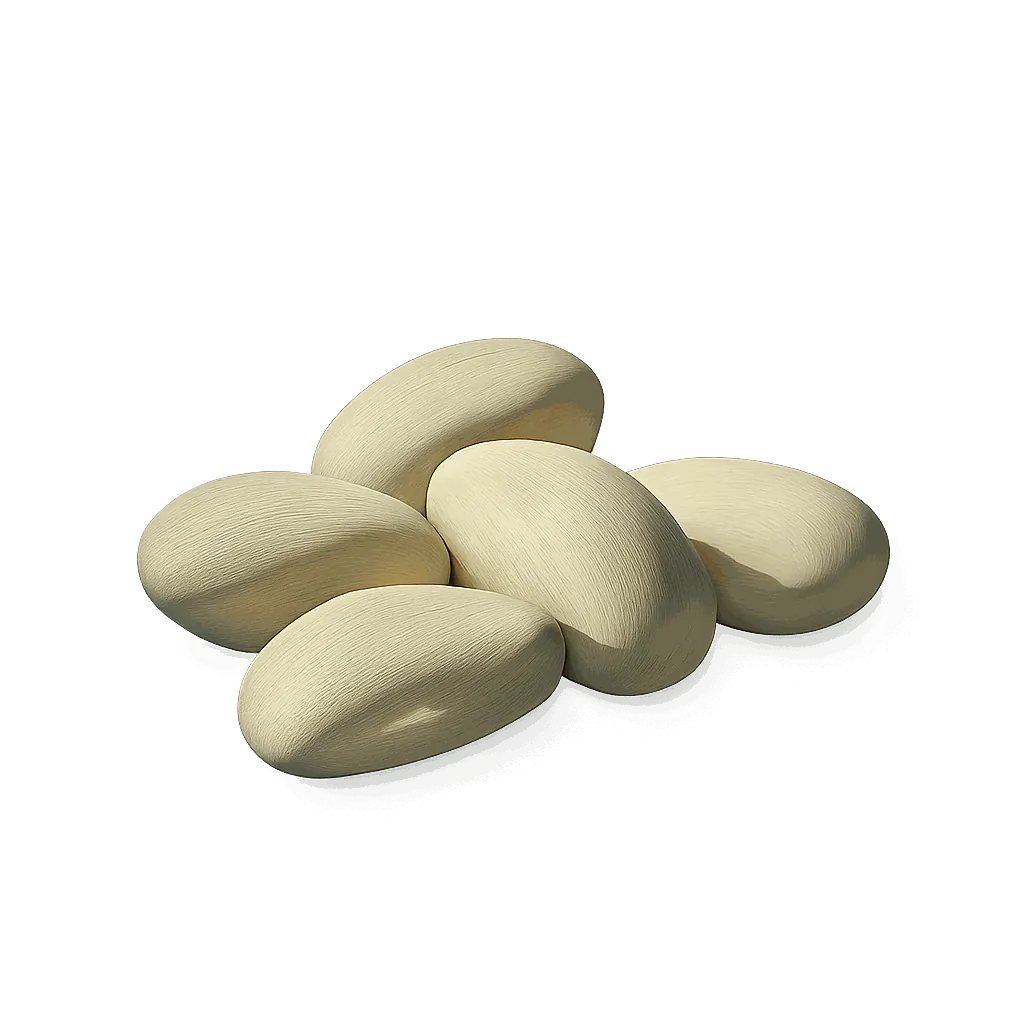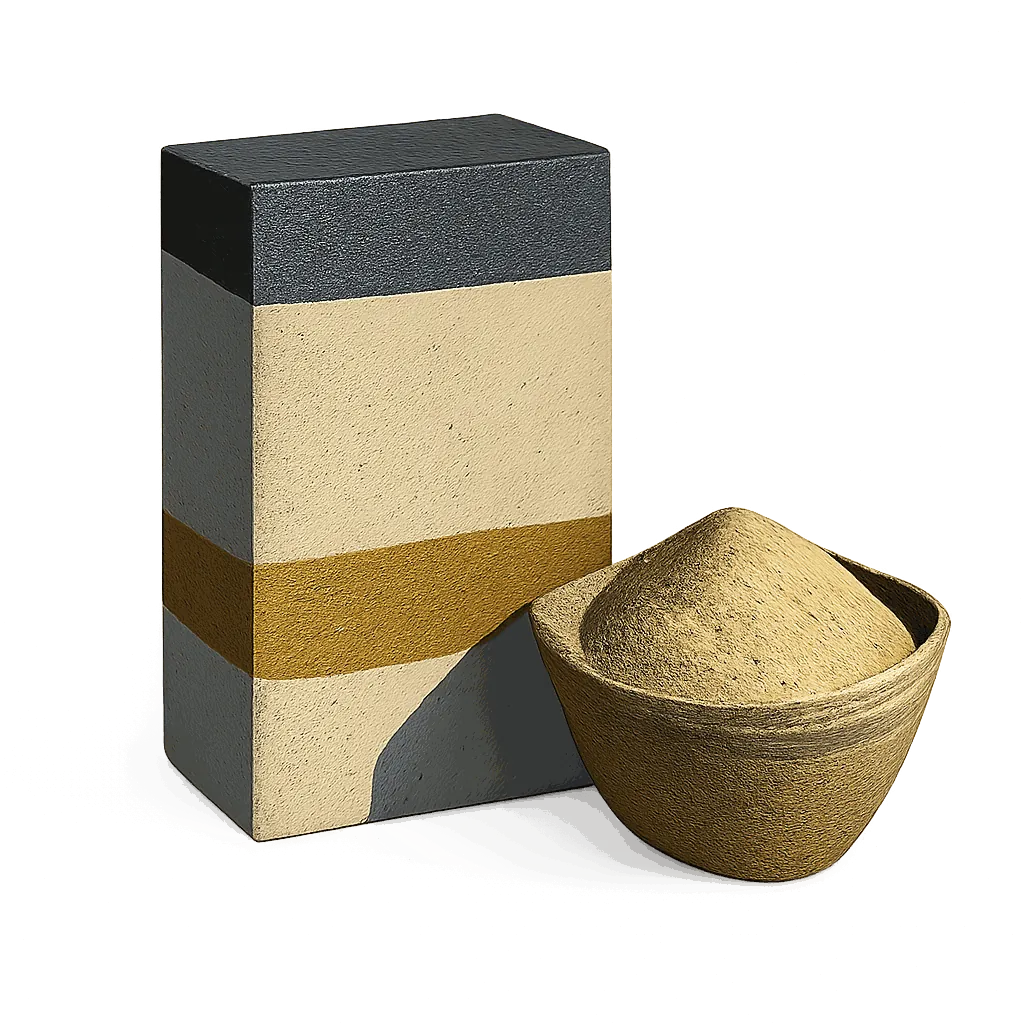Perfect Pairings & Recipes for
Saint-Emilion (Bordeaux)
.webp)
Exquisite Saint-Emilion (Bordeaux) flavour pairings and recipes, revealed through data science.
Saint-Emilion (Bordeaux) instantly conjures the evocative embrace of tannin and the kiss of oak, woven with delicate hints of blackberry, vanilla, and graphite. These are the notes that lend it such remarkable, resonant depth. The key to a remarkable harmony lies in recognising how these notes harmonise and interact.
To map these harmonies, we analysed thousands of ingredients, breaking each one down across 150 flavour dimensions, identifying which notes complement and contrast. Our analysis reveals, for example, how beetroot purée's petrichor tones ground Saint-Emilion (Bordeaux), and how Roquefort's mouldy notes create a surprising synergy with its dry sensation.
Flavour Profile Of Saint-Emilion (Bordeaux) Across 150 Dimensions Of Flavour
Flavour wheel chart showing the dominant flavour notes of Saint-Emilion (Bordeaux): Tannic, Blackberry, Oaky, Vanillic, Caramel, Cherry, Clove, Graphite, Coffee, Astringent, Plum, Tobacco, Raisin, Brettanomyces, Poivre, Flint, Raspberry, Coconut, Blossom, Cinnamon, Fungus, Leather
An ingredient's flavour comes from its core characteristics, like spice, floral, and earthy, combined with its unique aroma notes (outer bars). When pairing ingredients, aim to include a broad variety of core characteristics for a balanced dish. And choose aroma notes that complement each other for a harmonious combination.
The Art of Flavour Pairing
To understand how flavour notes harmonise, we analysed more than 50,000 popular ingredient combinations. By exploring these pairings, we identified specific flavour notes that frequently occur together, indicating they share a harmonious relationship.
The Flavours That Harmonise With Tannic Notes
Strength of Association Between Flavours
The flavours most associated with tannic notes are: Penicillium, Burnt, Vanilla, Apricot, Buttery, Hazelnut, Ferrous, Bovine, Gamey, Almond, Chanterelle, Lacteal, Sugary, Plum, Ficus.
Our analysis shows that the flavour of tannin is strongly associated with the flavour of mould. This suggests we should look for ingredients with a mouldy flavour, such as Roquefort, when pairing with the tannic aroma accents of Saint-Emilion (Bordeaux).
The recipe below provides inspiration for pairing Saint-Emilion (Bordeaux) with Roquefort.
Harmonious Flavours Of Saint-Emilion (Bordeaux)
Just as our analysis indicated that tannin and mouldy flavour accents are harmonious, we can identify the full profile of flavours that harmonise with each of the flavour accents present in Saint-Emilion (Bordeaux). E.g. the blackberry notes of Saint-Emilion (Bordeaux) are often used with gamey and chanterelle flavours.
The notes complementing the various aromas of Saint-Emilion (Bordeaux) can be seen highlighted in the pink bars below.
Flavour Profile Of Saint-Emilion (Bordeaux) And Its Complementary Flavour Notes
Flavour wheel chart showing the dominant flavour notes of Saint-Emilion (Bordeaux): Tannic, Blackberry, Oaky, Vanillic, Caramel, Cherry, Clove, Graphite, Coffee, Astringent, Plum, Tobacco, Raisin, Brettanomyces, Poivre, Flint, Raspberry, Coconut, Blossom, Cinnamon, Fungus, Leather
Matching Flavour Profiles
The flavour profile of beetroot purée offers many of the aroma accents complementary to Saint-Emilion (Bordeaux), including petrichor and sugary aroma notes. Because the flavour profile of beetroot purée has many of the of the features that are complementary to Saint-Emilion (Bordeaux), they are likely to pair very well together.
Prominent Flavour Notes Of Beetroot Purée Are Represented By Longer Bars
Flavour wheel chart showing the dominant flavour notes of Beetroot purée: Petrichor, Caramel, Sugary, Iron, Honeyed, Chlorophyll, Spinach, Molasses, Malic, Oxidized, Basil, Maple, Tomatoey, Astringent, Flint
The chart above shows the unique profile of beetroot purée across 150 dimensions of flavour, while the recipes below offer inspiration for bringing these flavours together with Saint-Emilion (Bordeaux).
Recipes That Pair Saint-Emilion (Bordeaux) With Beetroot Purée
Linked Flavour Notes
Looking at the aroma accents that are most strongly associated with the various flavours of Saint-Emilion (Bordeaux), we can identify other ingredients that are likely to pair well.
Saint-Emilion (Bordeaux)'s Harmonious Flavours And Complementary Ingredients
Saint-Emilion (Bordeaux)'s Strongest Flavours
Complementary Flavours
Ingredients with Complementary Flavours
Flavour groups:
Nectarous
Acidic
Floral
Herbal
Spice
Vegetal
Maillard
Earthy
Woody
Carnal
The left side of the chart above highlights the aroma notes of Saint-Emilion (Bordeaux), along with the complementary aromas associated with each note. While the right side shows some of the ingredients that share many of the aroma notes complementary to Saint-Emilion (Bordeaux).
Prominent Pairings
Our analysis identifies dishes that pair well with Saint-Emilion (Bordeaux) and highlights the prominent ingredient combinations within these recipes. Key pairs include cumin and coriander offering bright spice, celery and carrot for sweetness, button mushroom and bay leaf for laurelled depth, and tomato and garlic for a complex garlicy undertone. Explore these combinations to unlock Saint-Emilion (Bordeaux)'s hidden complexity, reveal deep nuance, and elevate its vibrant character.
Ingredient Combinations Among Dishes That Pair With Saint-Emilion (Bordeaux)
Flavour groups:
Sour
Botanic
Herbal
Spice
Vegetal
Earthy
Bitter
Umami
Which Cheese Go With Saint-Emilion (Bordeaux)?
Choose cheese that anchor its berryness or infuse with its dry sensation. Gorgonzola and blue cheese offer vibrant, clean counterpoints, their verdant freshness lifting the palate. Gorgonzola piccante add a gentle, oniony brightness, while mature cheddar introduces a sophisticated, anise-tinged elegance.
Alternatively, embrace cheese that harmonise with Saint-Emilion (Bordeaux)'s roastyness. The addition of stracchino, with its subtle beurreux notes, can complement the coffee beautifully, while gruyère lends a rich creaminess.
How Flavonomics Works
We've pioneered a unique, data-driven approach to decode the intricate art of flavour pairing. Our goal is to move beyond intuition and uncover the science of why certain ingredients harmonise beautifully. This rigorous methodology allows us to provide you with insightful and reliable pairing recommendations.
Our analysis begins with over 50,000 carefully selected recipes from acclaimed chefs like Galton Blackiston, Marcello Tully, and Pierre Lambinon. This premium dataset ensures our model distils genuine culinary excellence and creativity.
Each ingredient from these recipes is deconstructed across 150 distinct flavour dimensions, creating a unique numerical "flavour fingerprint." This quantification allows us to apply advanced analytical methods to identify complex patterns between flavour notes.
We identify popular ingredient combinations that frequently appear in our recipe database. Regression analysis is then performed on these pairings to statistically validate and pinpoint truly harmonious flavours.
These insights drive our predictive model, which allows us to take any ingredient (e.g., Saint-Emilion (Bordeaux)), analyse its detailed flavour profile, and accurately reveal its complementary flavours and perfect ingredient partners.
Explore More
Discover more ingredient profiles and expand your culinary knowledge. Each ingredient page offers detailed analysis of flavour profiles, pairing insights, and culinary applications.
The content on our analysis blog is semi-automated. All of the words were manually written by a human, but the content is updated dynamically based on the data.


